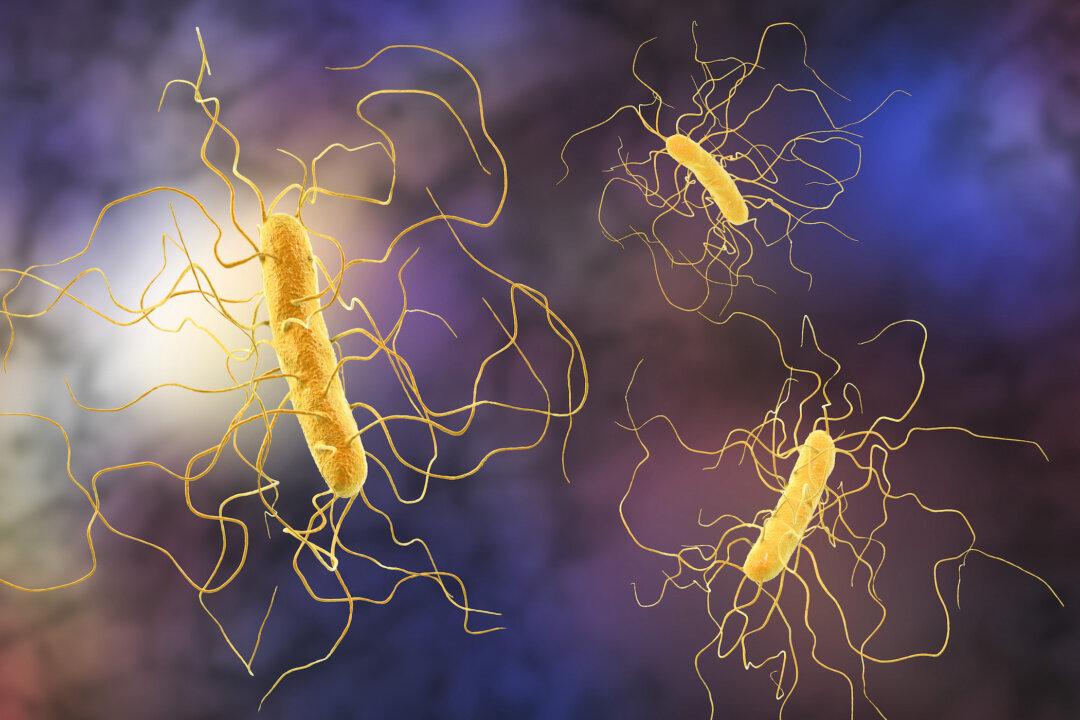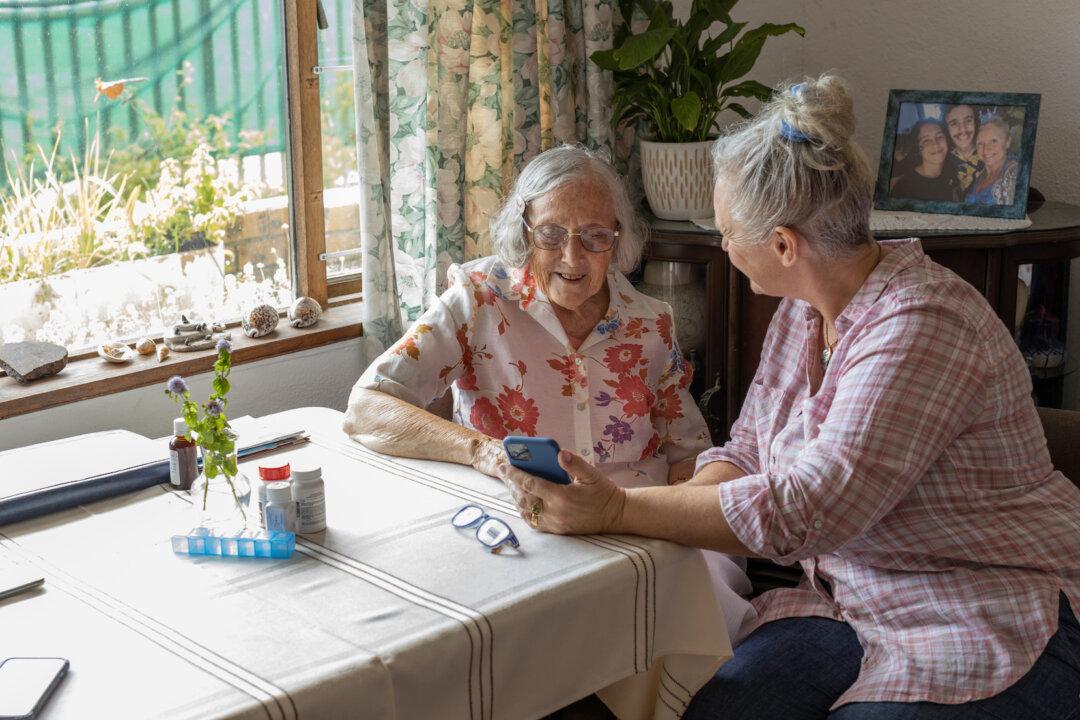Kids with public insurance are slightly more likely to receive medical care that they don’t need than those with private insurance, a new study finds.
One in nine publicly insured and one in 11 privately insured children received low-value care in 2014, according to the findings in Pediatrics.





